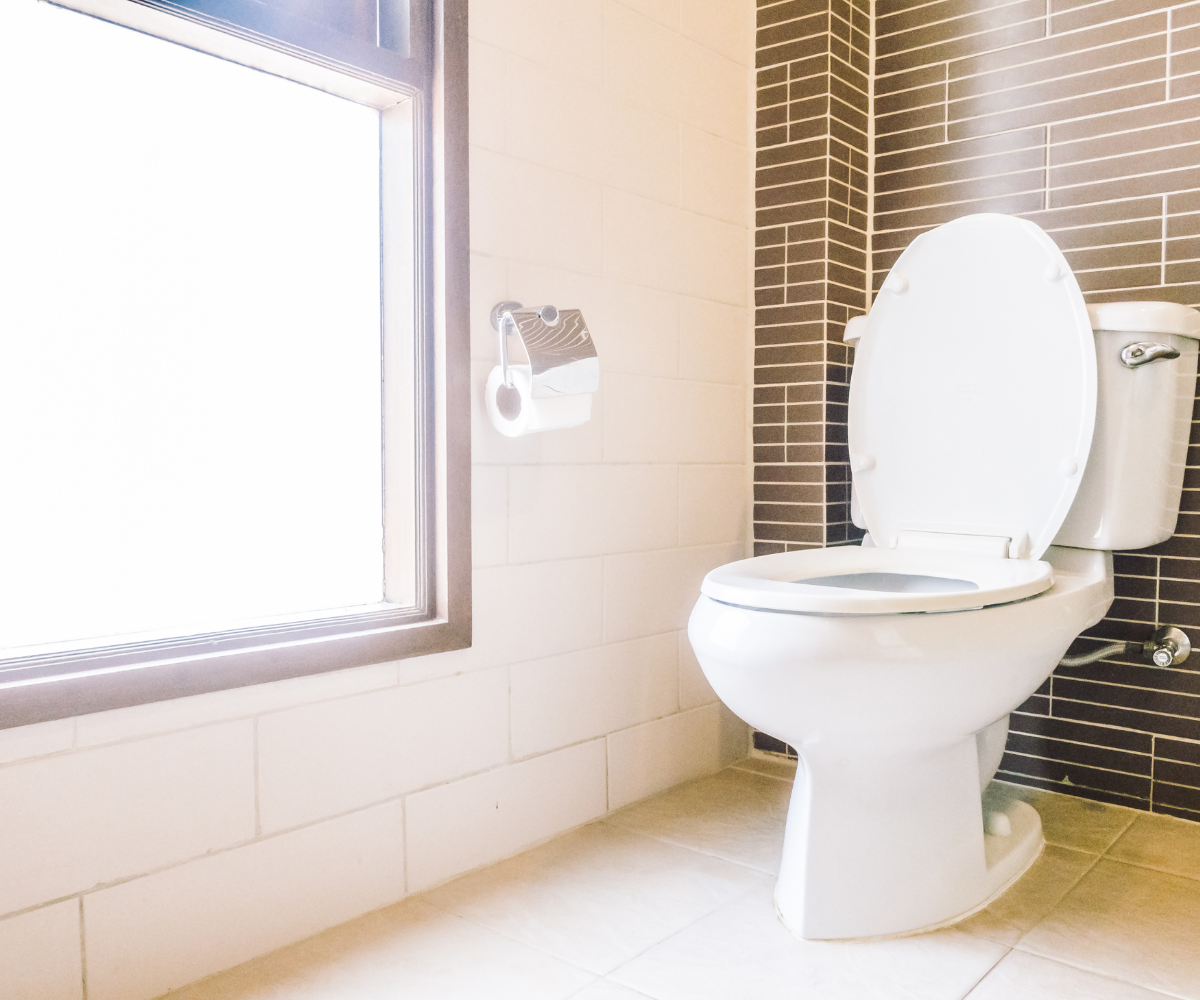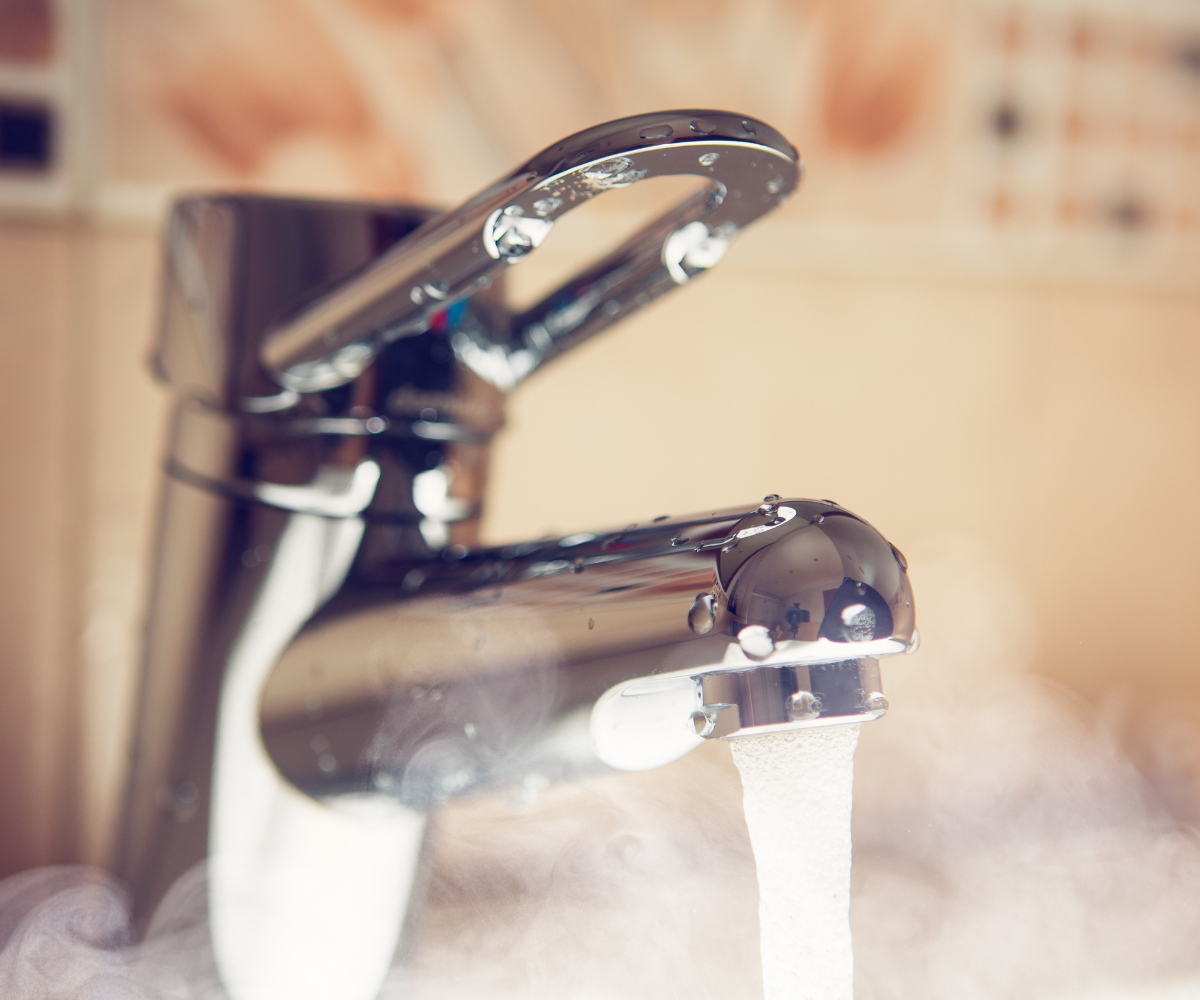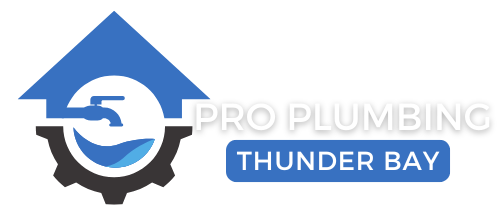How to Repair a Kitchen Sink While Waiting for a Plumber – Pro Plumbing Thunder Bay
If your kitchen sink is clogged, leaking, or simply not draining, you don’t have to sit idly by while waiting for a professional plumber. As a seasoned plumber at Pro Plumbing Thunder Bay, I’ve seen homeowners panic when their sink suddenly stops working. The good news? There are a few things you can do to mitigate the issue before we arrive. Here’s how you can handle common sink problems safely and effectively.

1. Dealing with a Clogged Kitchen Sink
A clogged sink is one of the most common issues homeowners face. Here’s what you can do to get the water flowing again:
Try Boiling Water First
- Bring a kettle or pot of water to a boil.
- Carefully pour it down the drain in stages.
- Wait a few minutes and see if the water starts draining.
- Repeat if necessary.
Use a Plunger
- If boiling water doesn’t work, grab a sink plunger (not the same one used for toilets!).
- Fill the sink with a few inches of water.
- Position the plunger over the drain and push down firmly, then pull up in a quick motion.
- Repeat several times until the clog loosens.
Baking Soda & Vinegar Method
- Pour half a cup of baking soda down the drain.
- Follow it with one cup of white vinegar.
- Let the mixture fizz for 10–15 minutes.
- Flush with hot water.
2. Fixing a Leaky Pipe Under the Sink
Leaks under the sink can cause water damage fast. Here’s how to stop the water temporarily:
Tighten Loose Connections
- Check where the leak is coming from.
- If it’s at a joint, try tightening the slip nuts with a wrench.
Use Plumber’s Tape or Pipe Putty
- If you find a small leak in a pipe joint, wrap plumber’s tape around the threads.
- For small cracks, apply pipe putty as a temporary fix.
Place a Bucket Under the Leak
- If tightening the connections doesn’t work, place a bucket under the pipe to catch the water until a plumber arrives.
3. Handling a Slow-Draining Sink
If your sink is draining slowly but not fully clogged, try these quick solutions:
Clean the P-Trap
- Place a bucket under the sink to catch water.
- Unscrew the P-trap (the U-shaped pipe under the sink).
- Remove debris and rinse it out before reattaching it.
Use a Drain Snake
- A simple drain snake or wire hanger can help remove debris stuck in the drain.
- Insert it into the drain, twist it, and pull out any gunk blocking the pipe.
4. What NOT to Do While Waiting for a Plumber
- Avoid Chemical Drain Cleaners – These can damage your pipes and make the problem worse.
- Don’t Keep Running Water – If the sink is leaking or clogged, using it can lead to more damage.
- Don’t Ignore a Major Leak – If water is flooding, shut off the water supply immediately.
When to Call Pro Plumbing Thunder Bay
While these temporary fixes can help, some problems require professional repair. Call Pro Plumbing Thunder Bay if you experience:
✅ Persistent clogs that won’t clear.
✅ Water backing up into other drains.
✅ Visible pipe damage or major leaks.
✅ Foul odors coming from the sink.
Get Fast & Reliable Kitchen Sink Repair in Thunder Bay
If you need a plumber in
Thunder Bay,
Pro Plumbing is here to help. Call us or schedule an appointment online. We’ll have your kitchen sink working like new in no time!
You might also like



